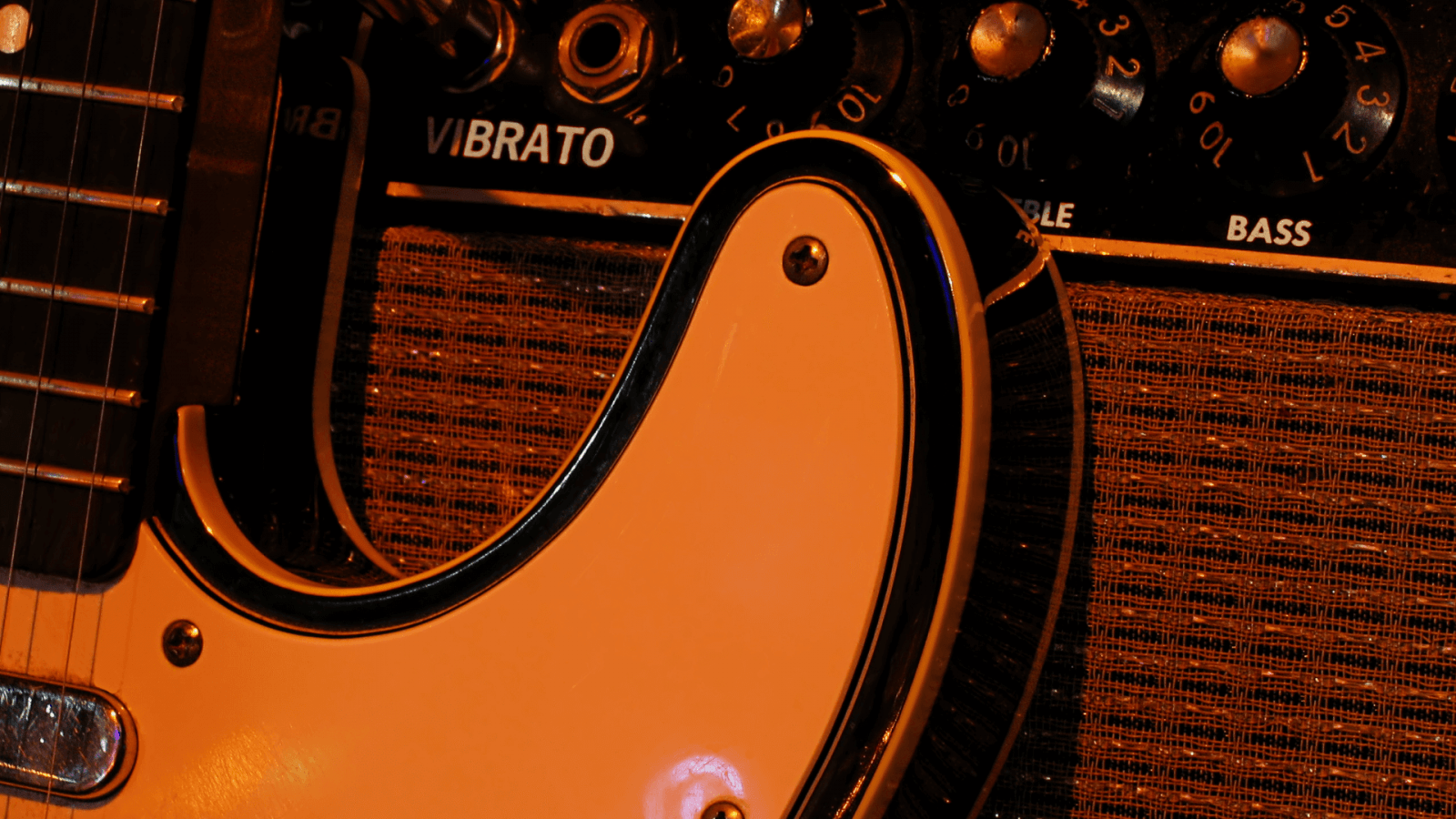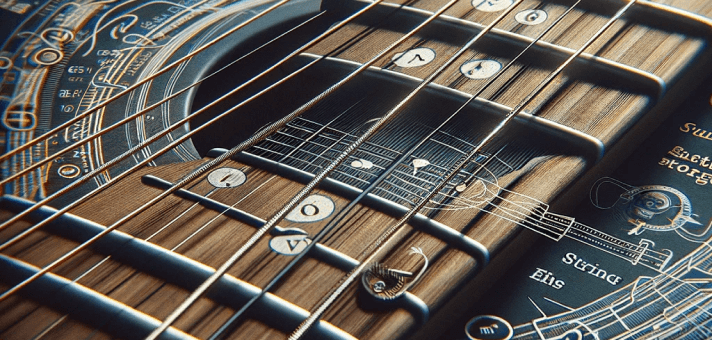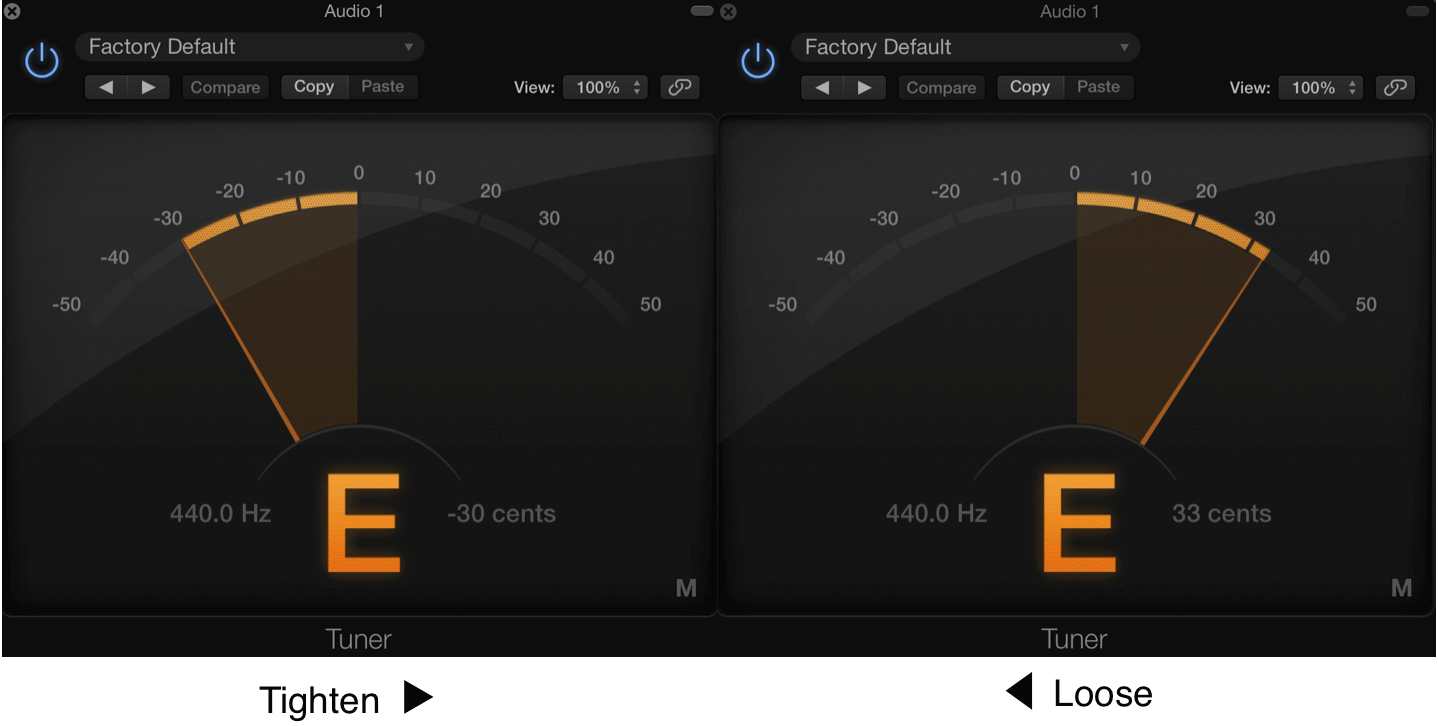Your Guide to Alternate Guitar Tunings
By Shawn Leonhardt from Guitar Tricks (www.guitartricks.com) and 30 Day Singer (www.30daysinger.com)
If you have not already tried different guitar tunings, there is a whole world of music you are missing out on. The notes of the strings have a major effect on the final sound, if you are trying to play certain genres it is even necessary to make changes. Alternate guitar tunings are so fun and unique that it can almost feel like playing a new instrument. So pull up an online guitar tuner and get ready to alter your guitar!
How Do Tunings Change Our Sound?
When you listen to the song “Kashmir” by Led Zeppelin you notice it has an epic, mythical, and even traditional sound all mixed. It isn’t just the orchestration that creates this, the guitar is in DADGAD. That altered tuning has a unique vibe that wouldn’t be there without the notes in that order.
Standard guitar tuning is EADGBE, which happens to be an E minor pentatonic scale. That is why the guitar is such a staple of blues and rock, it is tuned to a scale that fits the genre. And this tuning is mostly in fourths, except for one third.
E-A, A-D, D-G, and even B-E are a fourth apart, but the lone G-B is a third. As you will see below there are some guitar tunings that attempt the same intervals. We usually stick with standard tuning and this order because it gives us the most access to chords and scales that are common in pop music.
But what happens when we want a new sound or emotion? What if we want a less rocking vibe? Or more? In that case we change our tuning, sometimes it can solve the problem. Just be careful when adjusting the notes, take your time and use a good online guitar tuner.
The main rule of alternate guitar tunings is to avoid tightening the strings too much. Generally lowering the tension is safe, but try not to raise more than a whole step, even then you risk string breaking. And of course approach your tuning in a careful manner so you do not alter any intonation.
Drop Tuning
Drop tunings are the easiest to start with on our note journey. In fact, Drop D has its own memes and jokes about how common it is!
Drop D
DADGBE
Only the first string is changed, and it is lowered a whole step. This now creates a DAD power chord on the bass strings. A power chord is made up of the first (D) and fifth interval (A) and makes a powerful foundation for rock.
This tuning is a staple of hard rock, heavy metal, grunge, and any other power chord oriented music. It provides a great basis for guitar solos and riffs.
Drop C
CGDGBE
If you feel Drop D isn’t hard enough and you want some dark and deep metal, Drop C may be worth a try! We only change the first two strings in our tuning. Again much of our playing for this one is going to be on the bass strings.
Drop B
BF#BEG#C#
Is the rumble not enough with drop C!!! Well any further and you need special gauge strings! But if you want to try Drop B here you go! (And yes there is a Drop A!)
Open Tuning
Wouldn’t it be nice to just strum the strings and already play a chord? In that case tune it to an open chord! Open tunings are also very popular among slide players, whether playing normally or on your lap, it simply makes any kind of barring sound better.
Most open tunings have variations, but as long as the notes make up the right chord, it is no problem. Often major chords are used, but there are some minor ones that sound great.
Open G
DGDGBD
This is the most common open G and very popular among blues and rock guitarists. Keith Richards uses this tuning often; it makes soloing easier if your song is in G.
Open D
DADF#AD
This is another tuning loved by slide players, sometimes it is even used as one big power chord and drone with DADAAD!
Open C
CGCGCE
Another popular one used in rock music with bands like The Moody Blues, Bad Company, Soundgarden and so much more.
Open E
EBEG#BE
The Allman Brothers popularized this tuning. Sometimes it was done with a capo.
A capo is a great way to quickly change what open chord you are tuned too! And a major chord is turned into a minor by lowering the third. So open D major or DADF#AD is changed to open D minor with DADFAD. It’s that easy!
Lowered Tunings
Half Step
EbAbDbGbBbEb
Another very common tuning is lowering the standard by a half step. Like Drop D this is another staple of rock and pop music. Not only does it give the song that low pitch ringing, but it may be easier for the average person to sing along with.
Whole Step
DGCFAD
And we can keep lowering more than a half note. Paul McCartney used this tuning for the song “Yesterday”.
Specific Interval Tuning
Some fusion and jazz guitarists like a fretboard that is equal and musically fitting of specific intervals. These all require new finger and chord positions to remember though!
Major 3rd
G#CEG#CE
This is a mixture of easy fingerings, yet also complicated patterns can be found when using just a major third movement.
All 4ths
EADGCF
By changing the B to a C we can take standard tuning and make it all fourths. And just that one note still messes up all the chord patterns!
New Standard Tuning
CGDAEG
Violins and mandolins are tuned in fifths, it makes it very easy to navigate the fretboard. New Standard tuning is a way of incorporating fifths into the guitar, except for the last E-G interval.
Other Popular Tunings
DADGAD
Dad-Gad as it is known is used in Celtic and Irish traditional music, with Led Zeppelin being one of the best-known examples. That band was also fond of many other tuning variations like DGCGCD in “The Rain Song.”
C6
CACGCE
A ukulele and Hawaiian lap steel are also tuned to C6. It provides that island vibe if you wish to play that style, early country, or SpongeBob music!
Nick Drake Tunings
CGCFCE
The song “Pink Moon” and the artist Nick Drake have inspired a few different tunings that are worth looking into!
There are of course more alternate guitar tunings than these, a ton actually! To get the most out of these tunings, study your intervals, guitar scales and guitar chords. That way you will understand why they invoke different feelings. In the meantime keep trying new tunings as they are a great way to inspire new ideas, solos, and songs.






